December 21, 2024 | 22:43 GMT +7
December 21, 2024 | 22:43 GMT +7
Hotline: 0913.378.918
December 21, 2024 | 22:43 GMT +7
Hotline: 0913.378.918
The aquaculture industry in Northern Vietnam faces numerous challenges following storms and floods. As the storm subsides, significant disruptions occur in the aquatic environment, negatively affecting the nutrition and development of fish. With technical measures for water management as suggested by experts, local communities can overcome these difficulties and promptly restore production.
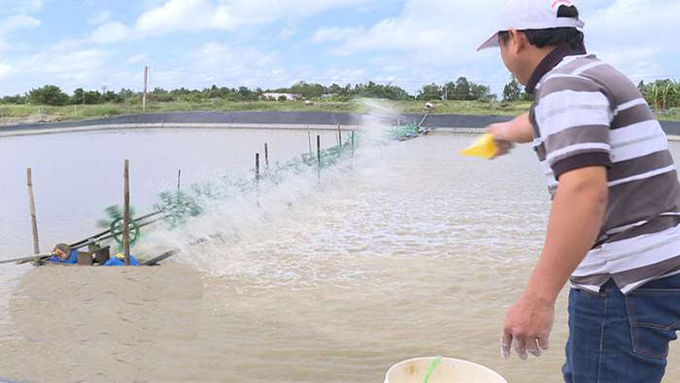
A farmer using lime powder to treat pond water after storms and floods.
Master Nguyen Thi Ha, former Deputy Director of the Northern Center for Environmental Monitoring and Aquatic Disease, noted, "The freshwater environment suffers severe disruption after a storm. The water becomes murky due to waste from residential and industrial areas, as well as refuse from domestic activities and livestock. Subsequently, the polluted water flows into rivers and mixes with aquaculture ponds. To restore aquaculture production and the environment, farmers must immediately purify the water to provide ideal living conditions for their fish and shrimp."
Master Nguyen Thi Ha suggested the following treatment measures:
Apply lime powder at a ratio of 2 to 3 kilograms of lime per 100 cubic meters of pond water to filter the water. Farmers should evenly distribute the mixture throughout the pond to eliminate toxins. After 1 to 2 days, add a biological preparation to help settle and decompose organic matter.
For water in river cages, farmers should hang lime bags at the corners and in the center of the cages, shaking the bags 4 to 5 times a day to disperse the lime throughout the cage, thereby accelerating the precipitation and sedimentation of substances in the water. Additionally, they should hang specialized chemical tablets, such as TCCA and BKD, to cleanse the water environment and eliminate pathogens, such as parasites and external fungal infections on fish skin and gills.
Furthermore, it is essential to supplement nutrition and enhance resistance to help fish combat diseases. Master Nguyen Thi Ha recommended adding vitamin C, digestive enzymes, and immune boosters such as beta-glucan to the feed. Accordingly, these substances will aid in the rapid recovery of fish health.
Dr. Truong Van Thuong from the College of Economics, Technology, and Fisheries noted that "farmers can treat saline water using similar methods as those for freshwater. However, this task is more challenging due to the difficulty in controlling seawater turbidity." Consequently, the expert suggested several alternatives:
Before a storm, farmers should relocate cages to a sheltered bay to mitigate damage from strong waves. After the storm subsides, they should return the cages to open water, ensuring ventilation and preventing oxygen shortages. Following the storm, farmers need to clean drifting debris and repair the cages, removing all floating refuse and maintaining low stocking densities to ensure adequate aeration.
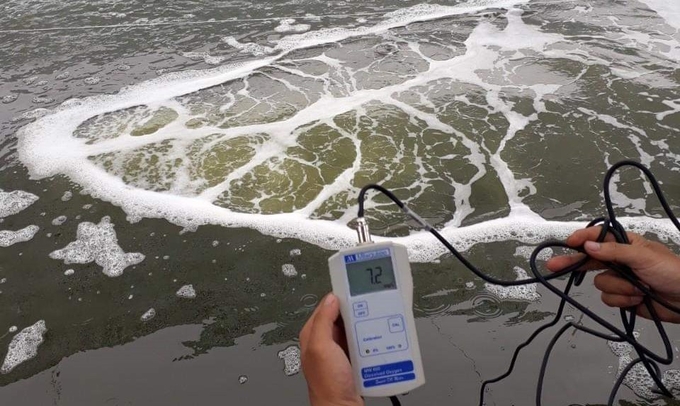
Oxygen monitoring in aquaculture areas. If the dissolved oxygen concentration in the water is below 4 mg/L, aeration is necessary.
Storms can cause significant disturbances, such as stirring up bottom sediments and creating murky water that hinders the mixing of environmental factors. These disturbances lead to an increase in organic matter and toxic gases and a decrease in oxygen levels. As a result, the combination of these factors, particularly at night, will hinder respiration for aquatic species. Oxygen-producing organisms such as phytoplankton require sunlight. Consequently, oxygen production will deteriorate significantly due to murky water during seasons with less sunshine or overcast skies. If monitoring reveals low levels of oxygen in the water, farmers can drain surface water and aerate to protect their fish.
Similar to the water management process in freshwater ponds, farmers should add lime, TCCA, and microorganisms to maintain water quality and eliminate harmful pollutants for aquatic species. Marine fish are often vulnerable to bacterial and fungal infections following storms. As a result, supplementing the water with vitamin C, garlic enzymes, and safe antibiotics can enhance resistance and aid in the recovery of fish health.
Master Nguyen Thi Ha emphasized the importance of using herbal remedies to prevent and treat diseases in aquaculture, particularly when storms weaken the fish immunity. Select herbs, such as garlic, neem leaves, and betel leaf extract, effectively eliminate bacteria and parasites without leaving antibiotic residues in fish, thus posing no harm to consumers. Research institutes have demonstrated that these herbal remedies help fish prevent various diseases, including those caused by the bacterium Euromonas and parasites.
Following storms, aquatic species often suffer from a reduced appetite due to stress and disrupted living conditions. Dr. Truong Van Thuong advises farmers to reduce the amount of feed by approximately 50% compared to normal levels. Furthermore, they must closely monitor the feeding activity of fish and adjust the feed quantity accordingly, gradually increasing it as fish and shrimp recover, to avoid nutritional excess or deficiency.
Translated by Nguyen Hai Long

(VAN) On the evening of December 18th in Hanoi, the Ministry of Science and Technology held a ceremony to present the National Quality Awards for the years 2021, 2022 and 2023 to 133 businesses.
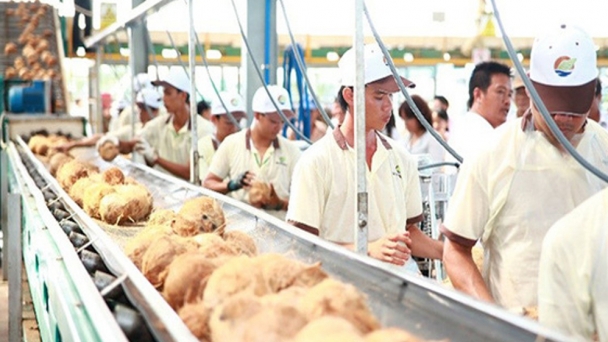
(VAN) On December 18, MARD and the People's Committee of Tien Giang Province hosted a forum in My Tho City to discuss the promotion of FDI and the increase in the export of coconut products.
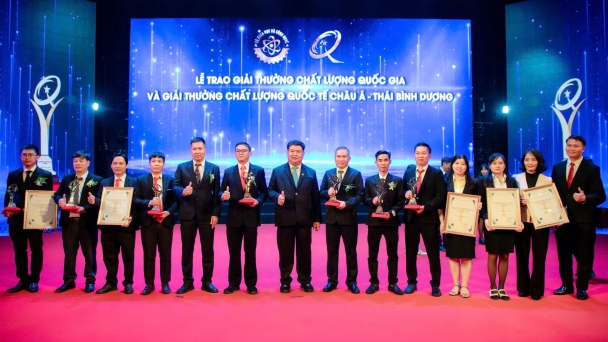
(VAN) The C.P. Vietnam Animal Feed Industry won multiple awards at the 'National Quality Awards Ceremony, Asia-Pacific Quality Awards 2021-2023'.
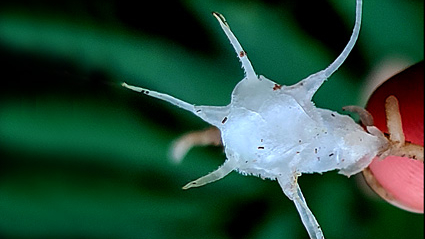
(VAN) A new non-photosynthetic plant founded in Xuan Lien Nature Reserve, adding further evidence that it is one of the most biologically diverse and ecologically significant protected areas in Vietnam.
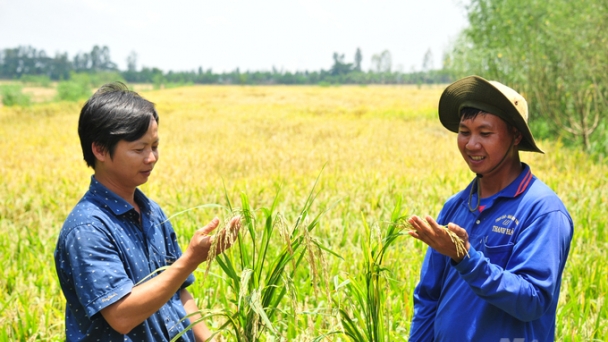
(VAN) Ecological rice farming not only reduces the impact of agricultural chemicals but also leverages the benefits of the flood season to restore the field ecosystem.
/2024/12/19/0314-0-nongnghiep-180309.jpg)
(VAN) With the motto of bringing vegetarian food to the world, Vuong Ngoc Vegan Company has turned cashew fruits, considered a waste product in agriculture, into premium vegetarian fish sauce.
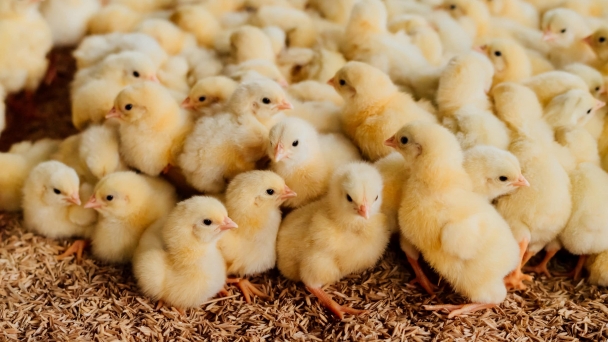
(VAN) New technology enables hatcheries to quickly peer into millions of fertilized eggs and spot male embryos, then grind them up before they mature into chicks.